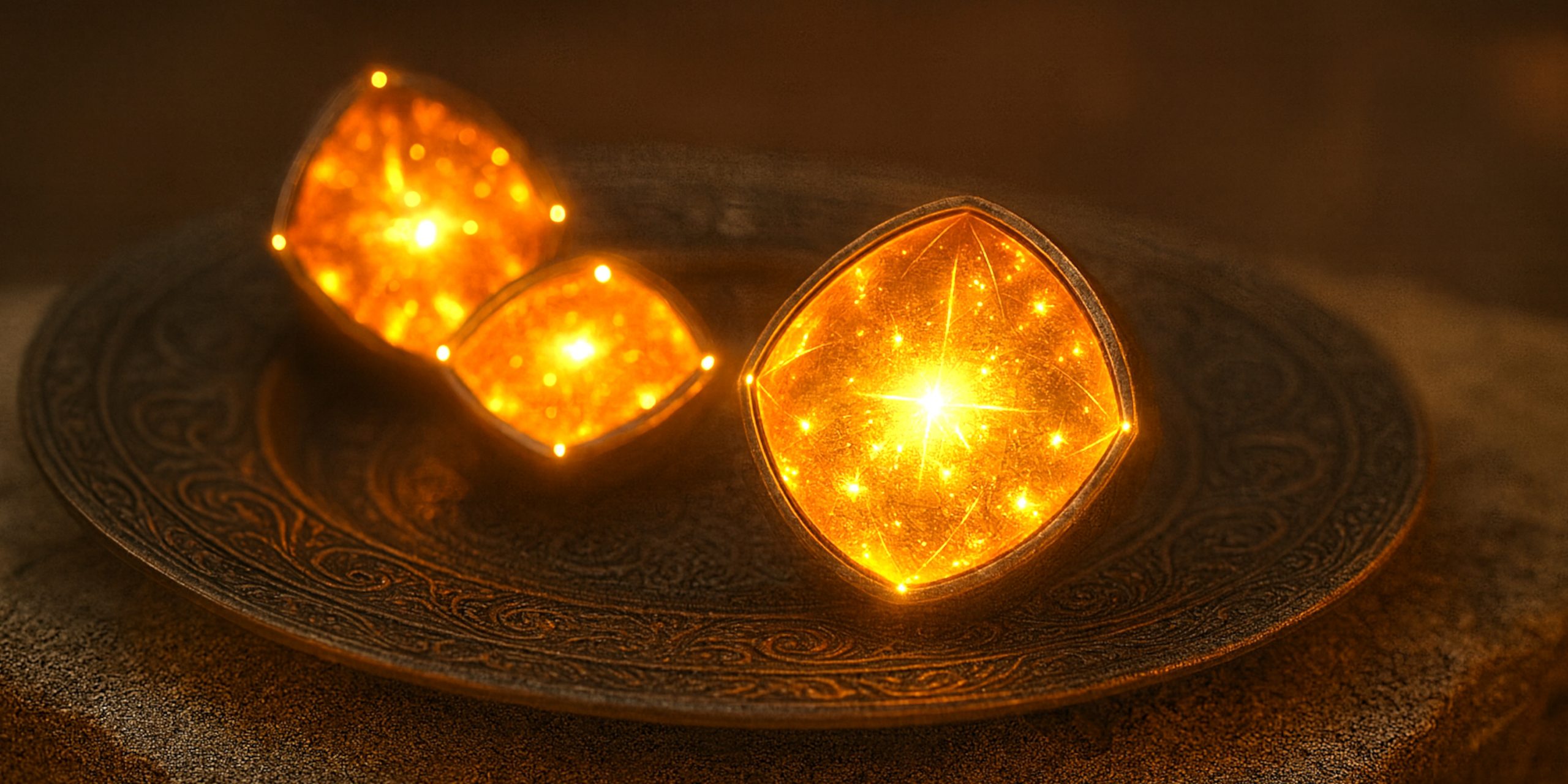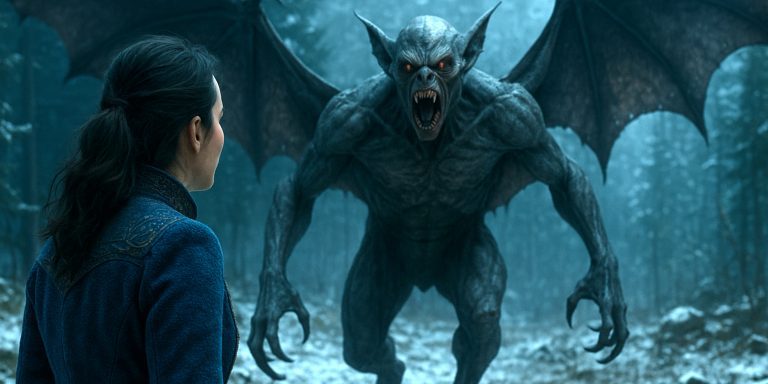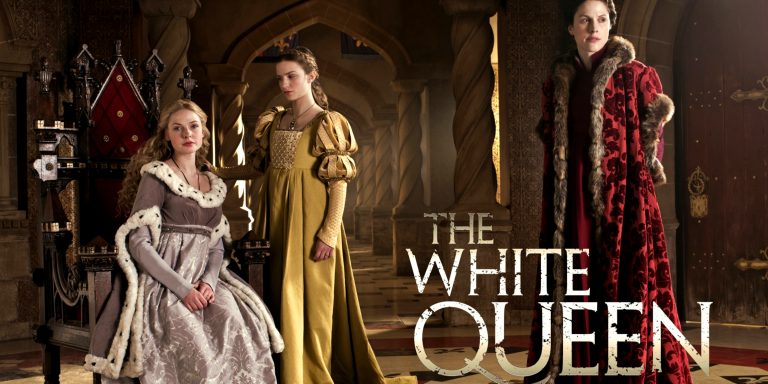
How the Mythical Jewels Shape the History and Conflicts of Middle-earth
The Silmarils are not merely artefacts of beauty. In Tolkien’s legendarium, they are catalysts of pride, war, exile, and fate. Though they do not appear directly in The Rings of Power series, their legacy permeates every major event that defines the history of the Elves, the corruption of Morgoth, and the forging of the titular Rings themselves.
The Origins of the Silmarils
The Silmarils were created by Fëanor, the most gifted of the Elves in the First Age. They held within them the unmarred light of the Two Trees of Valinor, making them sacred and unique. Their brilliance was not just physical but spiritual, containing an essence of divine purity. The Valar themselves revered them. No force in Middle-earth could duplicate their craftsmanship or significance.
Fëanor’s unwillingness to surrender the Silmarils after the destruction of the Two Trees led to the first major rupture between the Elves and the Valar. This moment set the tone for the First Age: a period defined by rebellion, vengeance, and the fracturing of ancient alliances.
The Oath and the Downfall
Fëanor and his seven sons swore a blood oath to recover the Silmarils at any cost. This oath, once taken, bound them to a destructive path. It sparked the Kinslaying at Alqualondë, the first time Elves killed Elves, and led to a centuries-long exile from Valinor.
The oath poisoned everything it touched. Even when Morgoth stole the Silmarils and fled to Middle-earth, the focus of the Elves remained fixed on reclaiming them, often to their own ruin. As Tolkien wrote in The Silmarillion, “The shadow of the curse of Mandos lay on them still, and it would ever follow them.”
Morgoth, the Silmarils, and Corruption
When Morgoth seized the Silmarils, he placed them in his iron crown. Their light became a perverse trophy of his victory. While the Rings of Power later became Sauron’s tools for manipulation, the Silmarils had a different effect. They incited obsession and drove kings and heroes alike to slaughter and despair.
Morgoth could not be destroyed while he possessed them. They were not just symbols of pride or greed but anchors of power and identity. Their theft fractured Elven society, strained trust between kindreds, and led to wars that reshaped the geography of Beleriand.
Indirect Legacy in The Rings of Power
By the time The Rings of Power is set, the Silmarils have long been lost. One lies in the earth, one in the sea, and one in the sky. Yet their absence continues to shape Middle-earth. The war against Morgoth, fuelled in large part by the pursuit of the Silmarils, ends in his defeat but leaves behind political bitterness and a broken world.
The High Elves who remain in Middle-earth, such as Galadriel, carry the weight of these losses. Their suspicion of Sauron stems not only from current dangers but from bitter memory. The forging of the Rings, especially the Elven ones, echoes Fëanor’s art in spirit, but also serves as a cautionary attempt to create without domination.
Thematic Importance
The Silmarils embody one of Tolkien’s core themes: the tension between creation and possession. Fëanor’s brilliance gave the world unmatched beauty, but his refusal to let go of his work doomed his kin. The Rings of Power mirror this same danger. They are masterful works, but the desire to control or wield them leads to corruption.
Where the Silmarils drove a wedge between the Elves and their gods, the Rings drive a wedge between races, kingdoms, and even individual identities. Both represent a fall from grace, and a warning about unchecked desire.
The Seven Swords Takeaway
The Silmarils are not background lore. They are a central thread in the tapestry of Tolkien’s world. Without them, there would be no great exile, no rebellion, no Morgoth at the height of his power, and likely no Rings of Power at all. Even when unseen, they linger in the motivations, memories, and misgivings of the Firstborn. The light that once illuminated Valinor continues to cast a long and complicated shadow across the ages.



